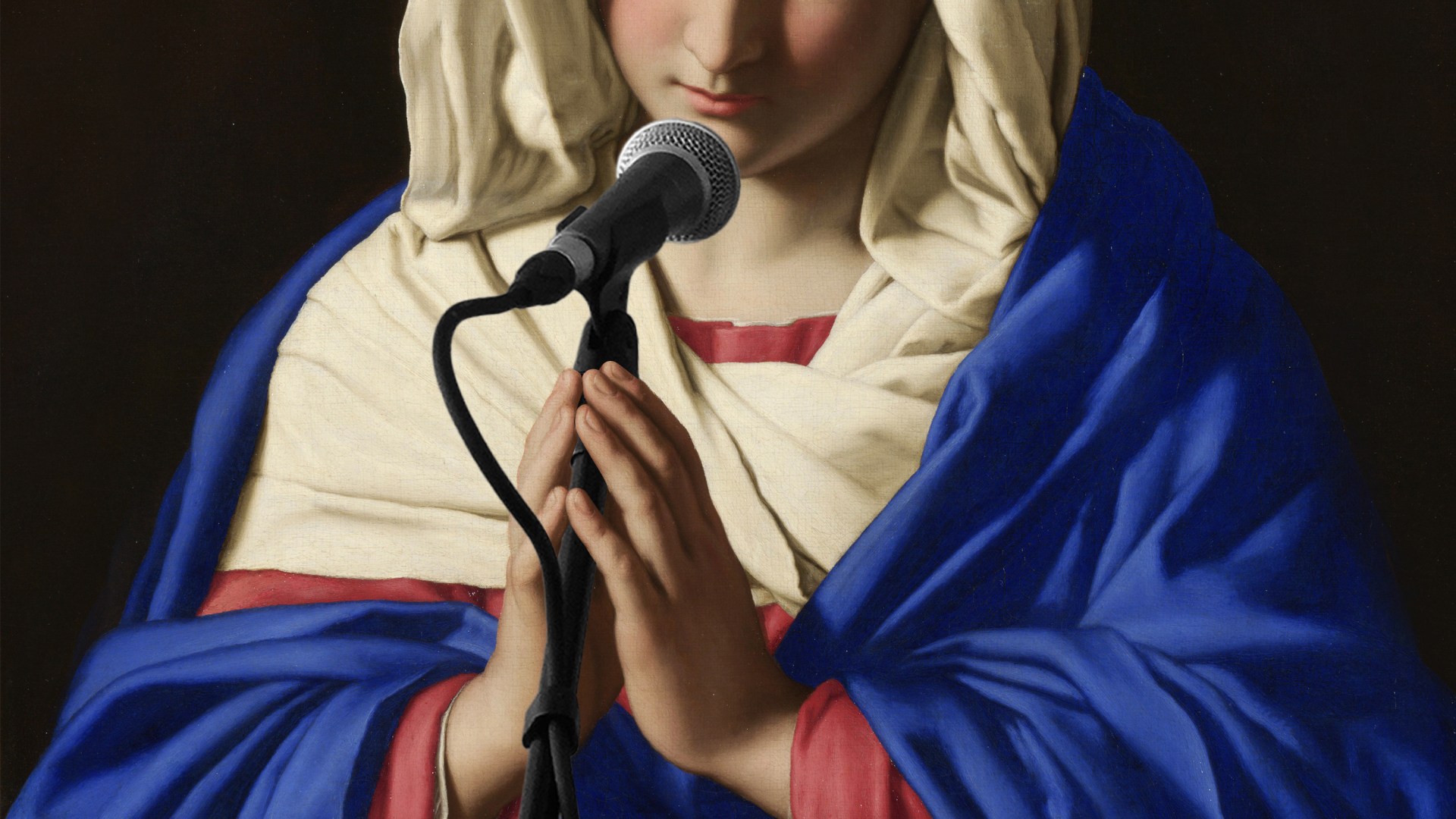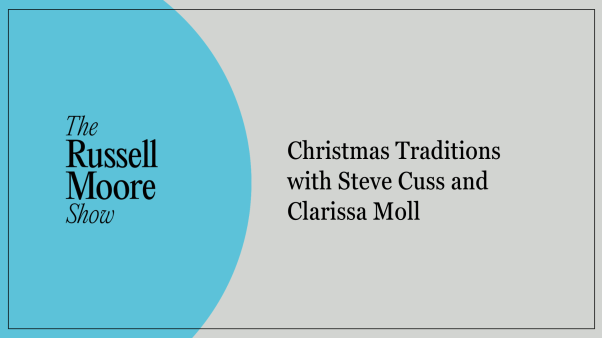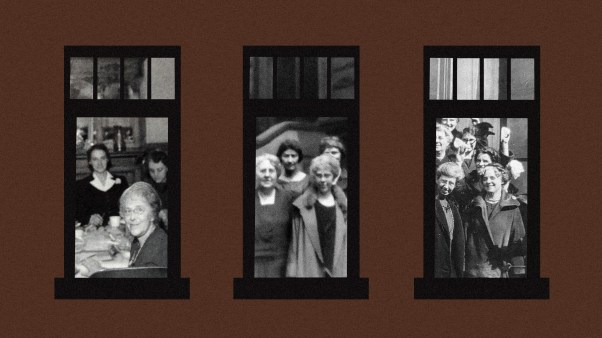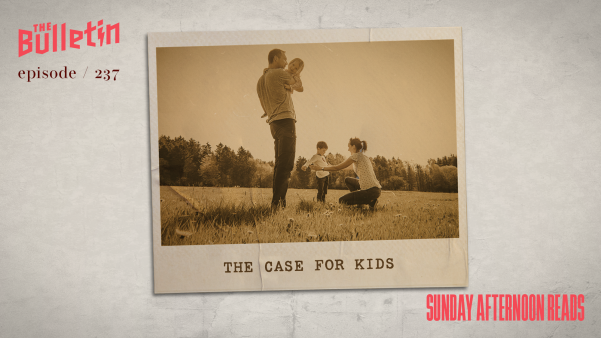Without question, the most popular contemporary Christian song about the figure of Mary is “Mary, Did You Know?”
Mark Lowry and Buddy Greene’s 1991 hit has come to occupy a singular position in the Christmas music canon. It seems like almost every popular vocalist with a holiday album has covered the song: Carrie Underwood, CeeLo Green, Mary J. Blige, Rascal Flatts, Jessica Simpson, Kenny Rogers, Dolly Parton, Patti LaBelle.
The Advent ballad showcases a singer’s emotional and vocal range—from the quiet strains of the first verse to the climactic bridge that invites a passionately belted delivery. It has also been the subject of thoughtful criticism and silly send-ups in recent years.
Why is it that “Mary, Did You Know?” has become the musical avatar of Mary in popular imagination when musical settings of the words of her canticle (Luke 1:46–55), also known as the Magnificat, offer a glimpse of her inner life and courageous response to her singular, miraculous encounter with God?
Mary’s song begins in Luke 1:46–48, “My soul glorifies the Lord and my spirit rejoices in God my Savior, for he has been mindful of the humble state of his servant.” (Magnificat is the first word in the Latin translation, Magnificat anima mea Dominum, “my soul magnifies the Lord.”) The text reflects on God’s faithfulness, his scattering of the wicked and dethroning of the powerful.
“The Magnificat is all about power structures being upended,” said Amy Orr-Ewing, author of Mary’s Voice, a new book of Advent reflections. “The justice theme goes throughout the Magnificat.”
Mary’s experience and persona often serve to underscore the mystery, peril, and intimacy of the Incarnation (in carols like “Silent Night” and “What Child Is This?”), but it’s hard to capture the weighty themes and scope of the Magnificat in a contemporary pop or worship song. Yet across centuries of church history, we find a rich body of music that illuminates Mary’s song and lifts her voice rather than casting her as a supporting character in the Nativity account.
During the Middle Ages and the Renaissance, the Virgin Mary was a venerated intercessor who occupied a powerful position in the Christian imagination. The church has produced an expansive library of music devoted to Mary—antiphons, polyphonic motets, mass settings, and hymns.
In post-Reformation Christendom, Mary’s prominence in worship declined in most Protestant traditions. Martin Luther and other Reformers rejected the belief in Mary as a mediator between God and humanity. According to theologian Else Marie Wiberg Pedersen, “Luther breaks with tradition by pulling down Mary from all pedestals and highlighting her not as a princess wearing red slippers” and “audaciously presents her as someone very ordinary, not someone unique.”
Orr-Ewing sees the Protestant discomfort with or indifference toward Mary as potentially impoverishing. “I wonder if the Protestant fear of Mary means that we lose some of the wonder of the Incarnation,” the apologist told CT.
She also suggests that the words of the Magnificat are an antidote to an overly sentimental or bloodless image of Mary, instead showing us “a woman who lives under occupation, who speaks with defiant hope.” Meditating on and listening to the words of the Magnificat during Advent can direct our attention to the God of miracles and justice.
Large-scale choral and orchestral works like the Magnificats of J. S. Bach and John Rutter convey the epic scale of the themes and context of the Magnificat. They capture the paradox of the birth of Christ, the co-mingling of God’s power with humanity’s vulnerability. They also voice Mary’s multidimensional perspective and rich understanding and embrace of her role in God’s plan of redemption (rather than wondering, “Mary, did you know?”).
When Rutter composed his multimovement Magnificat (completed in 1990), he was inspired by feast days and festivals for the Virgin Mary celebrated throughout Latin America and Spain. The work voices wonder, joy, and confidence. Rutter supplements the text with lines from the 15th-century English poem “Of a Rose, a Lovely Rose.”
The first movement opens with a jubilant instrumental section featuring trumpets and a vocal entry by the sopranos and altos, declaring, “Magnificat anima mea Dominum.”
The fifth movement, Fecit potentiam (“He has shown strength”), begins with a marking of marcato—“with strong emphasis”—and an opening section featuring the bass voices and varied, forceful rhythms, reflecting Mary’s acknowledgement of a powerful God who is on the side of the lowly and humble.
Rutter’s Magnificat pays homage to Bach’s setting (composed in 1723), which also features multiple movements, each with its own affect and character. Bach’s Magnificat was first performed in Leipzig, likely for the Feast of the Visitation of Mary in July, then later that year for Christmas in a performance that included four seasonal hymns interspersed with the original movements.
The work draws attention to themes of power and justice through musical gestures and scoring: Fanfare motives accompany a choral fugue in the seventh movement, Fecit potentiam, and descending scale gestures in the eighth movement, Deposuit potentes (“He hath put down the mighty”), depict the downfall of the powerful.
Both Magnificats feature musical impressions of quietness, victory, serenity, joy, and even violence. These settings elevate Mary’s song; it becomes an epic sermon heralding the imminent arrival of the Messiah and its profound meaning for those who walk in darkness.
Choral and orchestral settings of the Magnificat have been relegated to concert halls and a small number of churches with the means and musicians to perform such works. While not as grand in scale, there are a number of contemporary settings of Mary’s song by worship artists and songwriters, each highlighting a different facet of the Magnificat.
Some versions separate the text from the figure of Mary entirely, choosing a line of text or particular theme to spotlight and elaborate. Chris Tomlin’s “My Soul Magnifies the Lord” (2009) borrows text from Mary’s song for its chorus, but the rest of the lyrics are either original or taken from other scripture and make no mention of Mary:
My soul, my soul magnifies the Lord My soul magnifies the Lord He has done great things for me Great things for me
The song is singable, inviting the congregation to join in Mary’s refrain, “My soul magnifies the Lord,” without referencing her directly.
Keith and Kristyn Getty’s “Magnificat” (2011) adapts the text of Mary’s song, preserving her point of view in an ethereal, strophic song without a refrain, preceded by a choral arrangement of the Wexford Carol (a traditional Irish carol) and followed by a striking string interlude. It’s not a congregational song, but it incorporates many of the major themes of the full Magnificat text:
My soul will magnify the Lord;
I rejoice in God my Savior,
In the wonder of His favor.
For He has done great things for me;
He was mindful of His servant.
Every age shall call me blessed.
The Hope of Abraham come
In the giving of a Son;
For He who promised is mighty
In remembering His mercy.
Iowa-based singer-songwriter and worship leader Allie Crummy completed and released a setting of the Magnificat in November after years of considering how to adapt the text.
“This is one of the first gospel presentations,” said Crummy. “I love hearing how Mary responds to the news. Her response is ‘Yes, the powerful will be brought down!’ The gospel is good news for the poor and lowly.”
“Lift Up the Lowly” blends text from Mary’s song with original lyrics, drawing out the theme of God’s care for the lowly. She sings:
O strength of God, scatter the proud in the thoughts of their hearts O strength of God, topple the powerful from their thrones O strength of God, lift up the lowly
The rich text of the Magnificat can be a source of hope, comfort, and joy. In Mary’s Voice, Orr-Ewing tells the story of encountering the words of Mary while sitting in a cathedral for an evensong service, through Henry Purcell’s four-part choral Magnificat (17th century):
I had spent that day sitting in the public gallery of a court supporting someone who was giving evidence in a criminal trial concerning childhood abuse. Mary’s words expressing hope on behalf of the poor, the humble, and the powerless felt especially meaningful that evening in the aftermath of the horrors of trauma recounted in that courtroom. Until this point, Mary had been a somewhat remote figure for me. A woman often depicted wearing blue clothing in paintings, idealized as the perfect mother of a cherubic baby.
The voice of Mary models hopeful rejoicing in waiting, even in suffering. The words “My soul magnifies the Lord” take on new and deeper meaning because of the figure of Mary, a vulnerable, oppressed Jewish teenage girl tasked with carrying the Messiah.
“We live in a season between the first and the second arrival of Christ,” said Orr-Ewing. “We journey and invite God into our journey in light of those two arrivals. That’s where Mary is journeying, in waiting.”












